Home>Articles>How To Store Canned Pineapple Juice After Opening
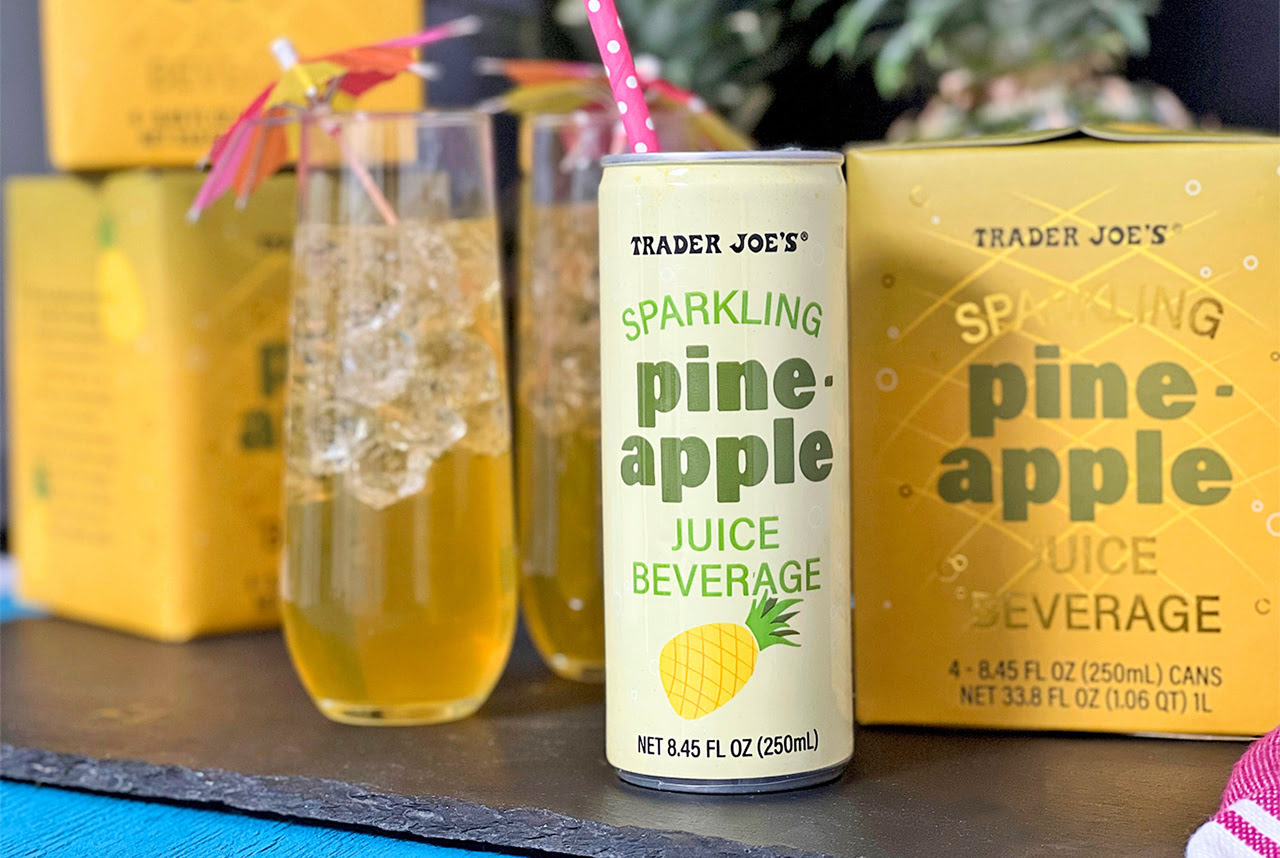

Articles
How To Store Canned Pineapple Juice After Opening
Modified: May 6, 2024
Learn the best techniques for storing opened canned pineapple juice to keep it fresh and flavorful. Discover tips and tricks in this informative articles.
(Many of the links in this article redirect to a specific reviewed product. Your purchase of these products through affiliate links helps to generate commission for Storables.com, at no extra cost. Learn more)
Introduction
Welcome to the world of canned pineapple juice! Whether you’re a fan of this tropical delight or looking to venture into new flavors, it’s important to know how to store canned pineapple juice after opening. Proper storage not only maintains its freshness and taste but also ensures its safety for consumption. In this article, we will guide you through the necessary steps to keep your canned pineapple juice in optimal condition.
Why is it important to refrigerate canned pineapple juice? Pineapple juice, like most fruit juices, is highly perishable. Once the can is opened, the juice becomes susceptible to bacterial growth, oxidation, and flavor deterioration. Refrigerating the juice slows down these processes and extends its freshness. Moreover, cool temperatures inhibit the growth of harmful bacteria, keeping you and your loved ones safe.
Now, let’s dive into the step-by-step process of properly storing canned pineapple juice:
Key Takeaways:
- Properly storing canned pineapple juice after opening is crucial for maintaining its freshness, taste, and safety. Refrigeration, suitable containers, and proper sealing are key steps to ensure optimal preservation.
- Freezing provides an alternative storage method for canned pineapple juice, extending its shelf life while retaining quality. Proper labeling and thawing techniques are essential for maintaining the juice’s taste and convenience.
Read more: How To Store Canned Pineapple After Opening
Step 1: Refrigerating the Juice
One of the most important steps in storing canned pineapple juice after opening is refrigeration. Proper refrigeration helps maintain the juice’s freshness, taste, and nutritional value. Here’s how you can effectively refrigerate your pineapple juice:
Importance of refrigerating canned pineapple juice: Refrigeration slows down the process of spoilage and preserves the quality of the juice. It helps to prevent the growth of bacteria and other microorganisms that can cause foodborne illnesses. Additionally, refrigeration helps to retain the natural flavors and nutrients of the pineapple juice.
How to properly refrigerate the juice: Start by pouring the desired amount of pineapple juice into a clean, airtight container. Ensure that the container is specifically designed for food storage to prevent any external odors from tainting the juice. Seal the container tightly to minimize exposure to air.
Next, place the container in the refrigerator. It’s advisable to store the juice on a shelf closer to the back of the refrigerator, where the temperature is consistently cooler. This will help ensure the juice remains at the optimal temperature throughout its storage period.
Recommended temperature for storage: It is recommended to store canned pineapple juice at a temperature between 32°F (0°C) and 40°F (4°C). This range keeps the juice cold enough to slow down spoilage without freezing it. Refrigerator temperatures higher than 40°F (4°C) may reduce the juice’s shelf life and compromise its quality.
By following these steps, you can ensure that your canned pineapple juice is properly refrigerated and maintained at an optimal temperature. This plays a crucial role in preserving its taste and nutritional value so that you can enjoy it for an extended period.
Step 2: Transferring to a Suitable Container
After opening the can of pineapple juice, it’s important to transfer it to a suitable container for storage. This step helps maintain the quality and integrity of the juice. Let’s explore why transferring the juice is necessary, how to choose the right container, and some tips for a successful transfer:
Why transferring the juice is necessary: Keeping the juice in the can is not ideal for long-term storage. The can’s exposed surface can react with the juice, affecting its taste and quality. Transferring the juice to a different container helps minimize this risk and extends the juice’s shelf life.
Choosing the right container for storing: When selecting a container, opt for one that is made of food-grade material and has an airtight seal. Glass jars or plastic containers with tight-fitting lids are excellent choices. The container’s size should be adequate to hold the amount of juice you intend to store, leaving little to no empty space that can cause oxidation.
Tips for transferring without spills or messes:
- Pour the juice slowly and carefully to avoid spills. Use a funnel if necessary.
- Ensure the container is clean and dry before transferring the juice to prevent any contamination.
- Hold the container at a slight angle while pouring to minimize foam formation.
- Avoid filling the container to the brim to allow space for expansion if freezing the juice.
- Wipe any spills or drips on the container immediately to prevent stickiness or mold growth.
By transferring the juice to a suitable container and following these tips, you can ensure proper storage and minimize the risk of spills or messes. This step is crucial in maintaining the freshness and quality of your canned pineapple juice after opening.
Step 3: Seal and Secure the Container
Once you have transferred the canned pineapple juice to a suitable container, the next step is to seal and secure it properly. This ensures that the juice remains fresh and free from contaminants. Here’s a look at the importance of sealing the container tightly, different methods of sealing, and best practices for securing the container:
Importance of sealing the container tightly: Proper sealing is essential to maintain the freshness and quality of the pineapple juice. It prevents the entry of air, which can lead to oxidation and spoilage. A tight seal also prevents any odors from the refrigerator or other food items from affecting the flavor of the juice.
Different methods of sealing: There are various methods you can use to seal the container:
- Screw-on lids: If you are using a container with a screw-on lid, ensure that it is twisted tightly until you feel resistance.
- Snap-on lids: For containers with snap-on lids, firmly press down until you hear a clicking sound, indicating a secure closure.
- Rubber gaskets: Some containers come with rubber gaskets that form an airtight seal when the lid is closed properly. Make sure the gasket is clean and in good condition for an effective seal.
- Plastic wrap or foil: If your container doesn’t have a tight-sealing lid, you can use plastic wrap or foil to cover the opening. Press it down firmly to create a seal.
Best practices for securing the container:
- Inspect the container and lid to ensure there are no cracks, chips, or defects that may compromise the seal.
- Clean the rim of the container before sealing to remove any juice residue or debris that could hinder a tight closure.
- Avoid overfilling the container, as it can put undue pressure on the seal and increase the risk of leakage.
- Store the container in an upright position to maintain the integrity of the seal. Avoid tipping or tilting the container unnecessarily.
By sealing and securing the container properly, you can effectively protect the canned pineapple juice from air, contaminants, and flavor alteration. This step is crucial in preserving the freshness and quality of the juice for an extended period.
Step 4: Labeling and Dating
Labeling and dating the container of your canned pineapple juice is a crucial step in proper storage. It helps you easily identify the contents and track the freshness of the juice. Let’s explore why labeling and dating are important, the information to include on the label, and how to properly date the juice:
Why labeling and dating the container is crucial: Labeling and dating provide important information about the juice, ensuring that you can easily identify and track its freshness. It helps you avoid confusion and ensures that you consume the juice within its recommended timeline.
Information to include on the label: When labeling the container, consider including the following information:
- Date: Write down the date of transfer or the date the can was opened. This helps you track the freshness of the juice and determine when it’s time to consume or discard it.
- Contents: Clearly state that the container holds canned pineapple juice. This prevents any mix-ups with other liquids and ensures that you know what’s inside.
- Quantity: If you have poured a portion of the juice into a separate container, indicate the quantity you have transferred. This helps you keep track of the amount of juice left.
How to properly date the juice for tracking freshness: There are a few different ways to date your canned pineapple juice:
- Write on the label: Use a permanent marker or pen to write the date directly on the label of the container. Be sure to write it clearly and legibly.
- Date on a sticker: If you prefer not to write on the container directly, you can use small adhesive stickers. Write the date on the sticker and affix it to the container.
- Date on a separate note: If you don’t want to mark the container itself, write the date on a separate note or piece of paper and attach it to the container with tape or a rubber band.
By labeling and dating your canned pineapple juice, you can easily keep track of its freshness and consumption timeline. This ensures that you enjoy the juice at its best quality and minimize the risk of consuming expired or spoiled juice.
Store opened canned pineapple juice in a glass or plastic container with a tight-fitting lid in the refrigerator. It should be consumed within 7-10 days for the best quality and taste.
Read more: How To Store Canned Chickpeas After Opening
Step 5: Storing in the Refrigerator
After properly sealing and labeling your container of canned pineapple juice, it’s time to store it in the refrigerator. Proper storage in the refrigerator helps to maintain the freshness and quality of the juice. Let’s explore the optimal shelf life of canned pineapple juice after opening, the proper placement of the container inside the refrigerator, and how to avoid cross-contamination with other foods:
Optimal shelf life of canned pineapple juice after opening: Once opened, canned pineapple juice can generally be stored in the refrigerator for up to 3 to 5 days. However, it’s important to note that the juice’s freshness and taste may gradually decline over time. It’s best to consume the juice within the first few days to enjoy it at its best.
Proper placement of the container inside the refrigerator: When storing your canned pineapple juice, choose a spot in the refrigerator that maintains a consistently cool temperature. The middle shelves are usually the most suitable. Avoid placing the container near the door or on the top shelf, as these areas are more prone to temperature fluctuations due to frequent opening and closing of the refrigerator.
Avoiding cross-contamination with other foods: To prevent cross-contamination, it’s important to store the container of pineapple juice separately from other food items in the refrigerator. This will help avoid the transfer of odors and flavors. Place the container on a stable surface and away from raw meats, strong-smelling foods, or any items that may leak or spill. You can also consider placing the container in a designated section or drawer to keep it isolated.
By following these steps, you can effectively store your canned pineapple juice in the refrigerator. This ensures the juice’s freshness, minimizes wastage, and helps you enjoy the delicious taste of pineapple juice for as long as possible.
Step 6: Checking for Spoilage
When storing canned pineapple juice in the refrigerator, it’s important to regularly check for signs of spoilage. This allows you to determine if the juice is still safe to consume or if it needs to be discarded. Let’s explore the signs of spoiled pineapple juice, how to determine if the juice is still safe to consume, and the proper disposal of spoiled juice:
Signs of spoiled pineapple juice: Here are some common indicators that your pineapple juice may have spoiled:
- Foul odor: If the juice has a strong, unpleasant odor that is different from the usual tropical aroma, it may indicate spoilage.
- Off taste: Spoiled juice may have a bitter or sour taste, significantly different from the naturally sweet taste of fresh pineapple juice.
- Visible molds or discoloration: If you notice any mold growth or significant changes in color, such as darkening or cloudiness, it’s a clear sign that the juice has spoiled.
- Carbonation or fizzing: If the juice becomes fizzy or carbonated, it may indicate fermentation or the growth of unwanted microorganisms.
How to determine if the juice is still safe to consume: If you notice any of the signs mentioned above, it’s crucial to exercise caution. While some changes in taste or appearance may not necessarily indicate harmful bacteria, it’s best to err on the side of caution. If in doubt, it’s safer to discard the juice to avoid consuming spoiled or potentially unsafe liquids.
Proper disposal of spoiled juice: To dispose of spoiled pineapple juice, follow these guidelines:
- Empty the container: Pour the spoiled juice down the sink and rinse the container thoroughly with hot water. This helps remove any residue that may attract pests or cause foul odors.
- Recycle or discard: Check your local recycling guidelines to see if the container is recyclable. If not, discard it in the appropriate waste bin.
By regularly checking for signs of spoilage, you can ensure that you consume only fresh and safe canned pineapple juice. If you notice any signs of spoilage, it’s important to dispose of the juice properly to maintain a healthy and safe environment in your kitchen.
Step 7: Alternative Storage Methods
In addition to refrigeration, an alternative storage method for canned pineapple juice after opening is freezing. Freezing can extend the shelf life of the juice and allow you to enjoy it at a later time. Let’s explore how to freeze and thaw canned pineapple juice, as well as the shelf life extension achieved through freezing:
Freezing canned pineapple juice: Follow these steps to freeze your canned pineapple juice:
- Pour the desired amount of pineapple juice into a freezer-safe container. Leave some headspace to allow for expansion during freezing.
- Seal the container tightly to prevent any air from entering and causing oxidation.
- Label the container with the date of freezing to track its freshness.
How to thaw the juice for later use: When you’re ready to use the frozen pineapple juice, follow these steps to thaw it:
- Transfer the container to the refrigerator and allow it to thaw slowly overnight.
- If you need to thaw the juice more quickly, you can place the container in a bowl of cold water. Replace the water every 30 minutes to avoid temperature fluctuations.
- Once thawed, give the juice a gentle stir or shake to blend any separated components.
Shelf life extension through freezing: Freezing canned pineapple juice can substantially extend its shelf life. When properly frozen, pineapple juice can retain its quality for up to 8 to 12 months. However, it’s important to note that the juice may lose a bit of its natural sweetness and flavor intensity after an extended duration in the freezer. Therefore, it’s best to consume the juice within the first few months of freezing for the best taste experience.
By utilizing the freezing method, you can store canned pineapple juice for a longer period and have the convenience of enjoying it whenever you desire. Just ensure proper labeling and thawing techniques to maintain its quality.
Conclusion
Properly storing canned pineapple juice after opening is essential to maintain its freshness, taste, and safety. By following the steps outlined in this article, you can ensure that your canned pineapple juice remains in optimal condition for an extended period.
Refrigerating the juice is the first step, as it slows down spoilage and helps retain the juice’s natural flavors and nutrients. Transferring the juice to a suitable container and sealing it tightly prevents air exposure and cross-contamination, ensuring its preservation. Labeling and dating the container allow for easy identification and tracking of the juice’s freshness. Storing the container in the refrigerator, away from other food items, further maintains its quality.
Checking for spoilage is crucial in determining if the juice is safe to consume. Signs such as foul odor, off taste, molds, or discoloration warrant disposal to avoid any health risks. Freezing provides an alternative storage method, extending the shelf life of the juice while allowing for future use. Proper freezing and thawing techniques guarantee the best quality.
In conclusion, by following these steps, you can enjoy the delightful taste of canned pineapple juice long after its original packaging has been opened. Whether you choose to refrigerate or freeze it, with proper storage practices, the juice will continue to bring a taste of the tropics to your everyday life.
So go ahead, stock up on canned pineapple juice, and confidently store it with the knowledge and techniques outlined in this article. You can now savor the refreshing sweetness of pineapple juice whenever the craving strikes!
Now that you've mastered storing pineapple juice, why not tackle another storage challenge? Keeping cleaning supplies tidy often feels overwhelming, but not anymore! Our next guide offers ingenious storage tips that will transform your cleaning closet into a model of organization. Simple yet effective strategies await to streamline your space, ensuring everything is easy to find and in its perfect spot. Don't miss out on these clever solutions that make maintaining order a breeze.
Frequently Asked Questions about How To Store Canned Pineapple Juice After Opening
Was this page helpful?
At Storables.com, we guarantee accurate and reliable information. Our content, validated by Expert Board Contributors, is crafted following stringent Editorial Policies. We're committed to providing you with well-researched, expert-backed insights for all your informational needs.

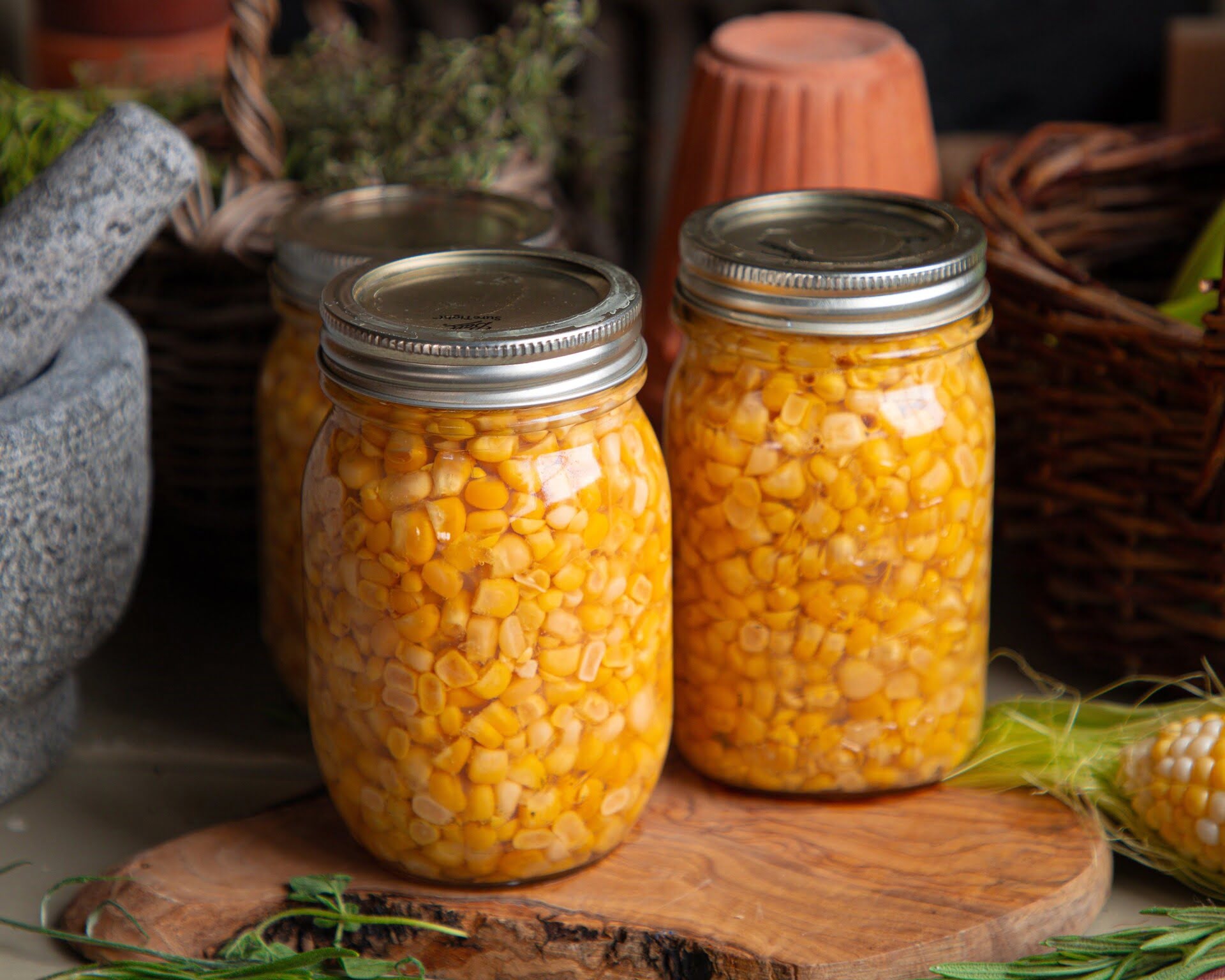
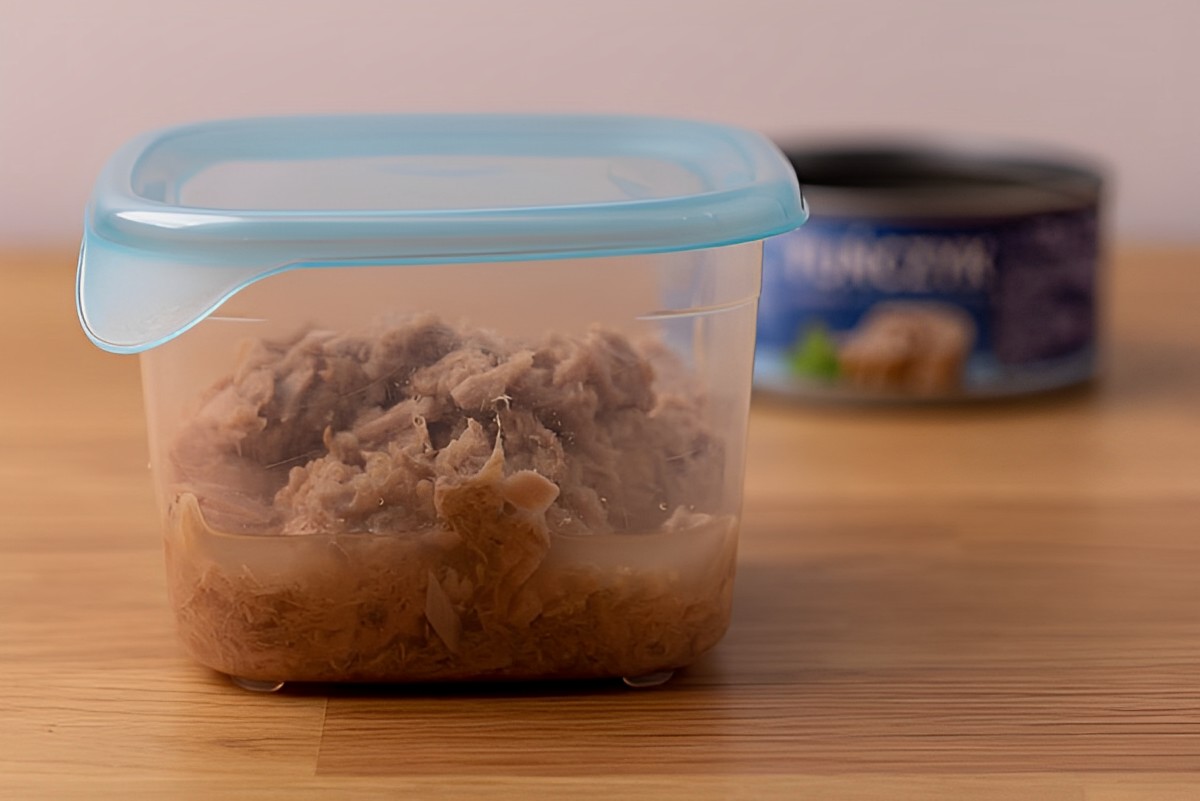
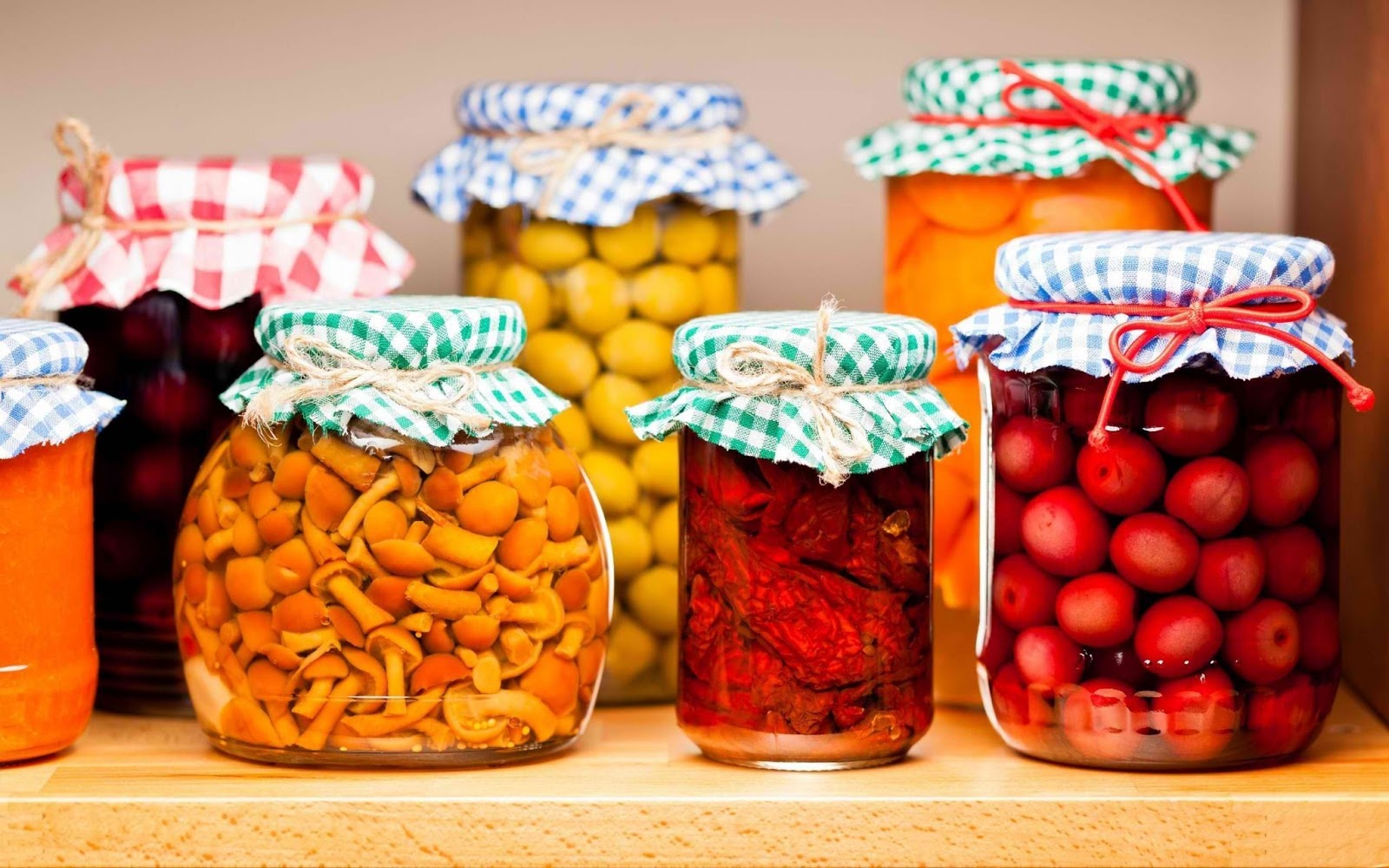
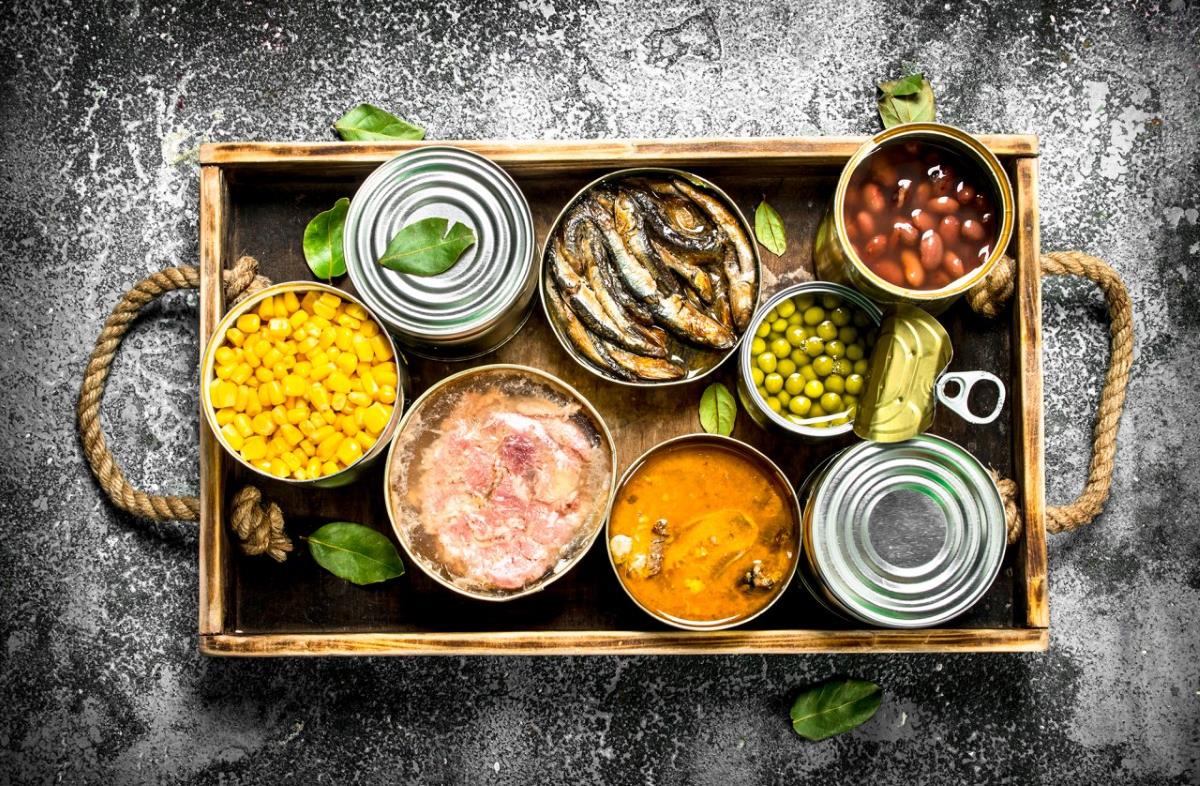
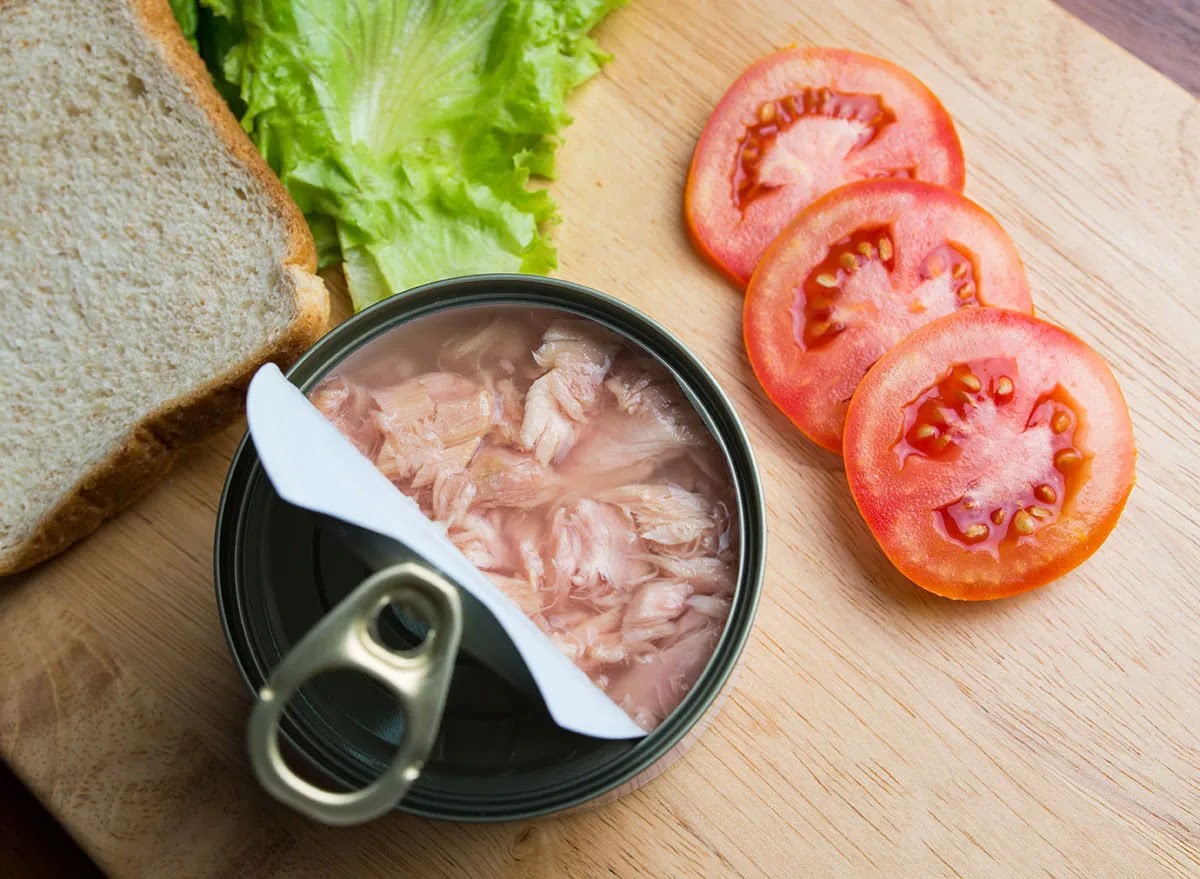
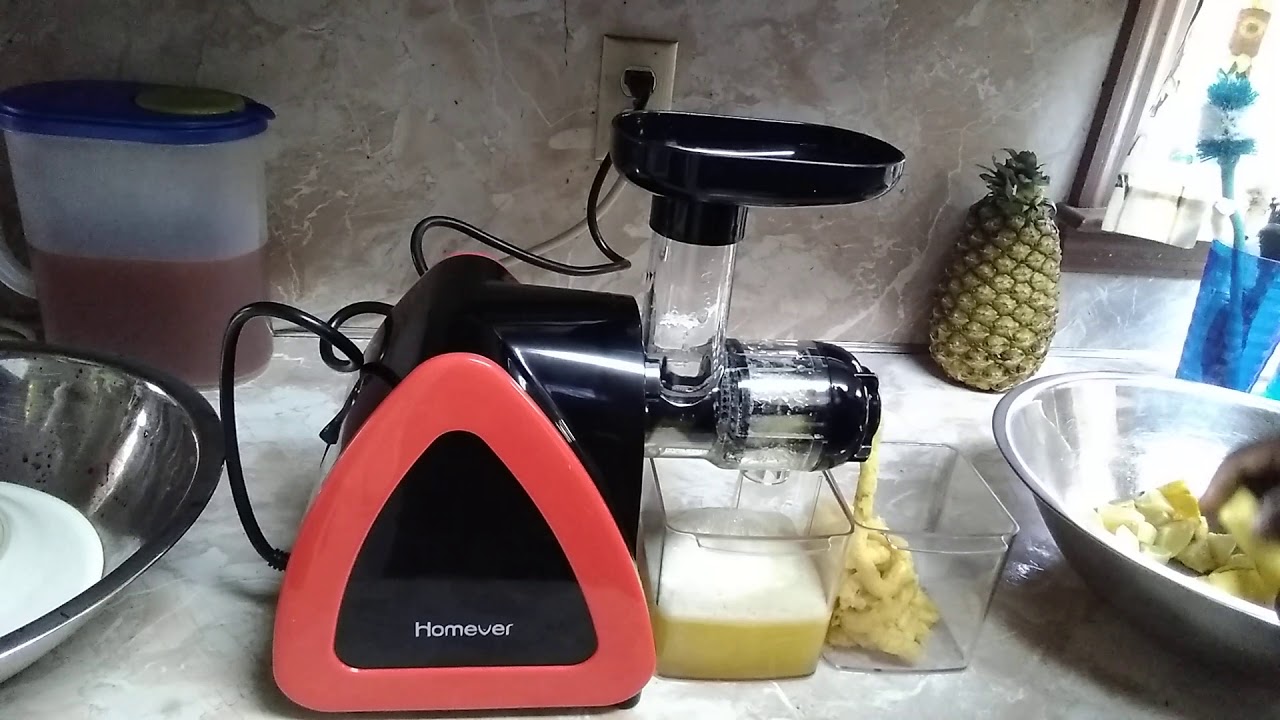
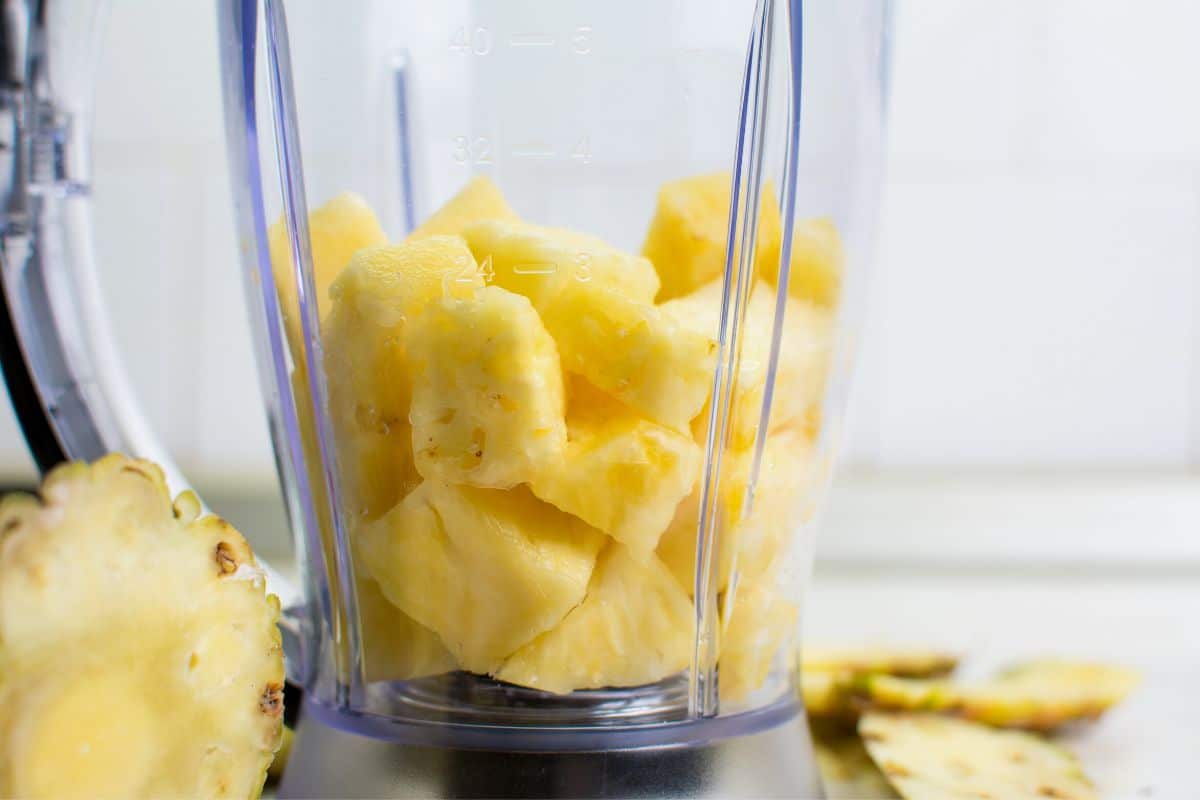
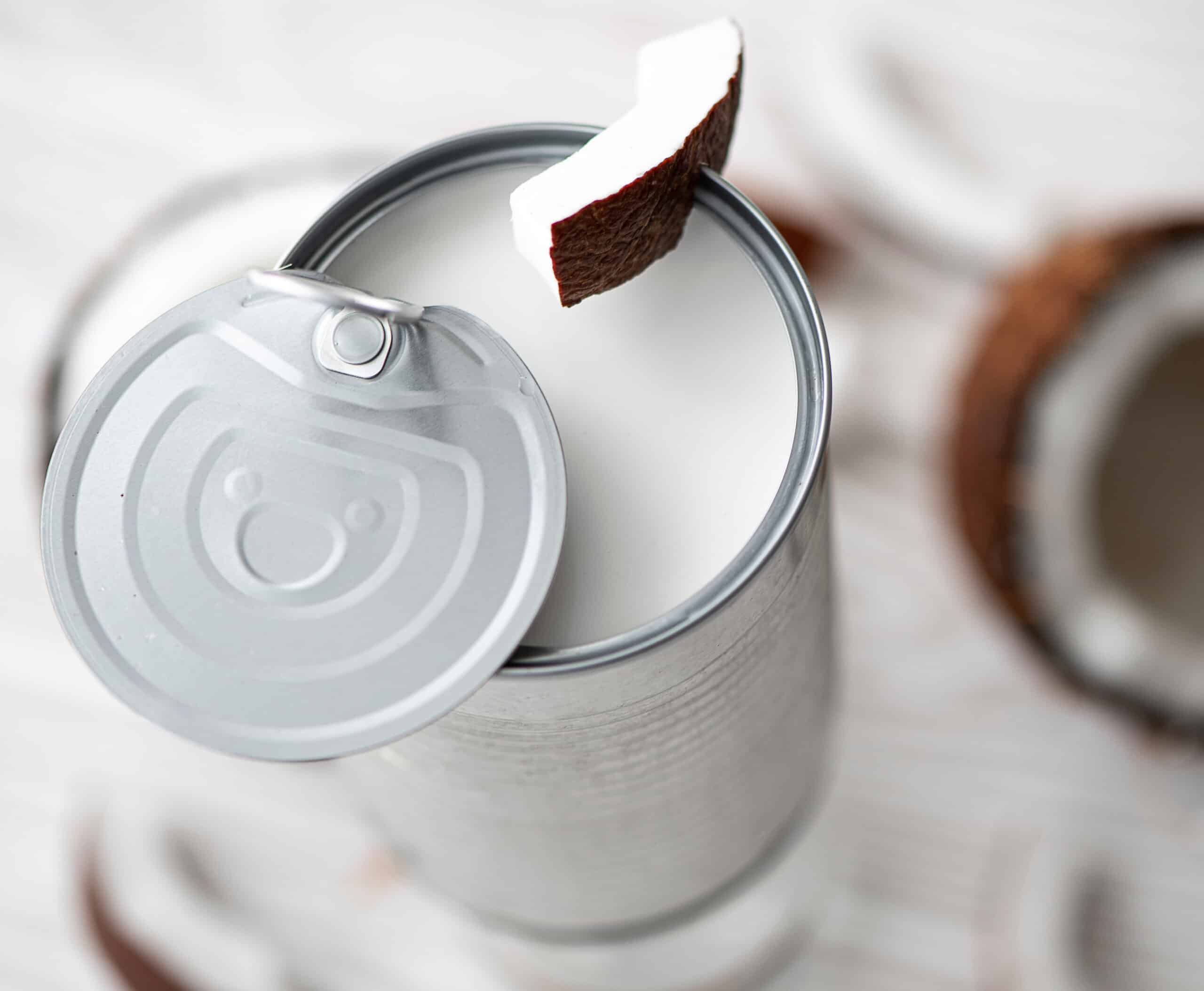



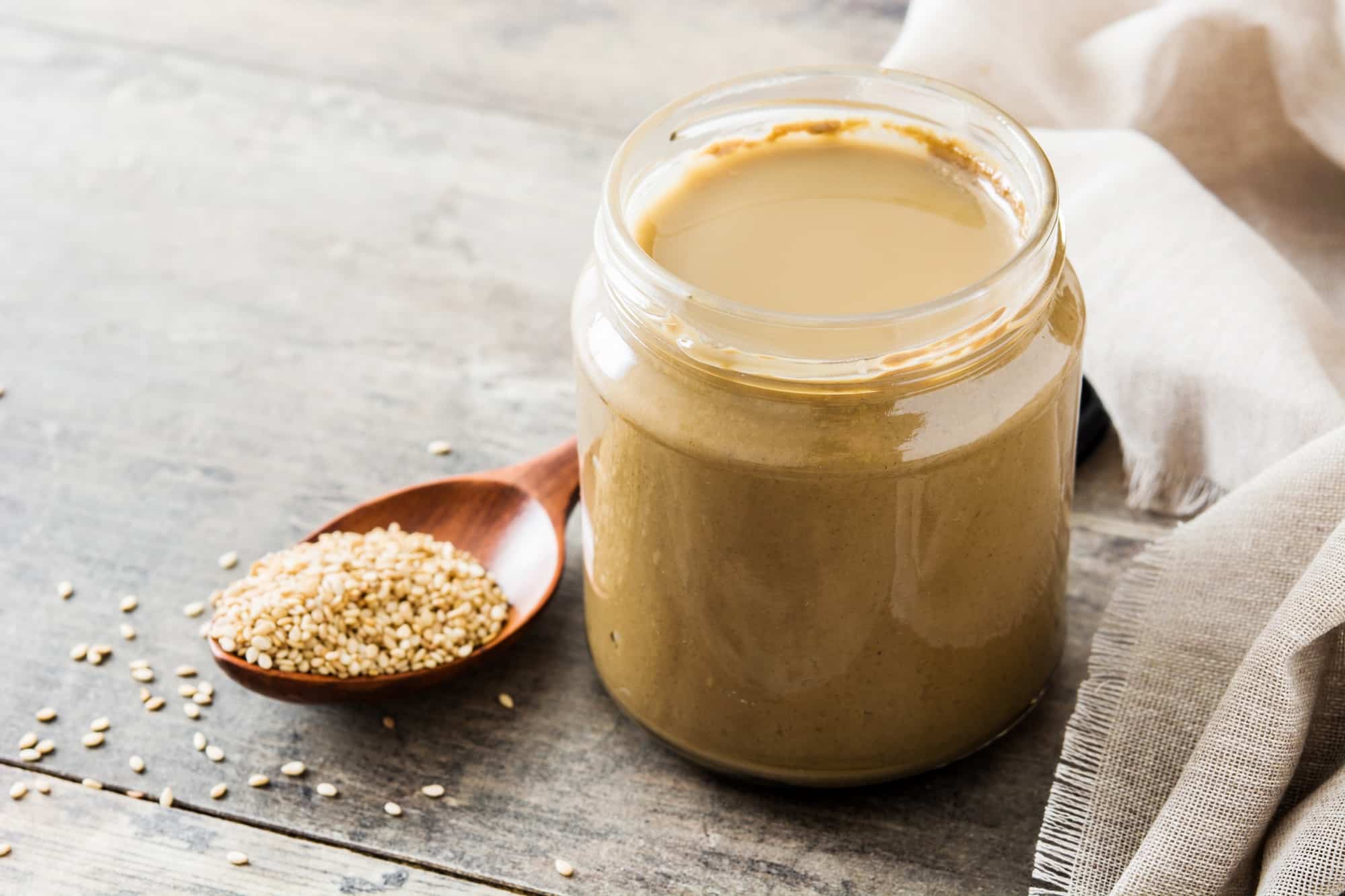
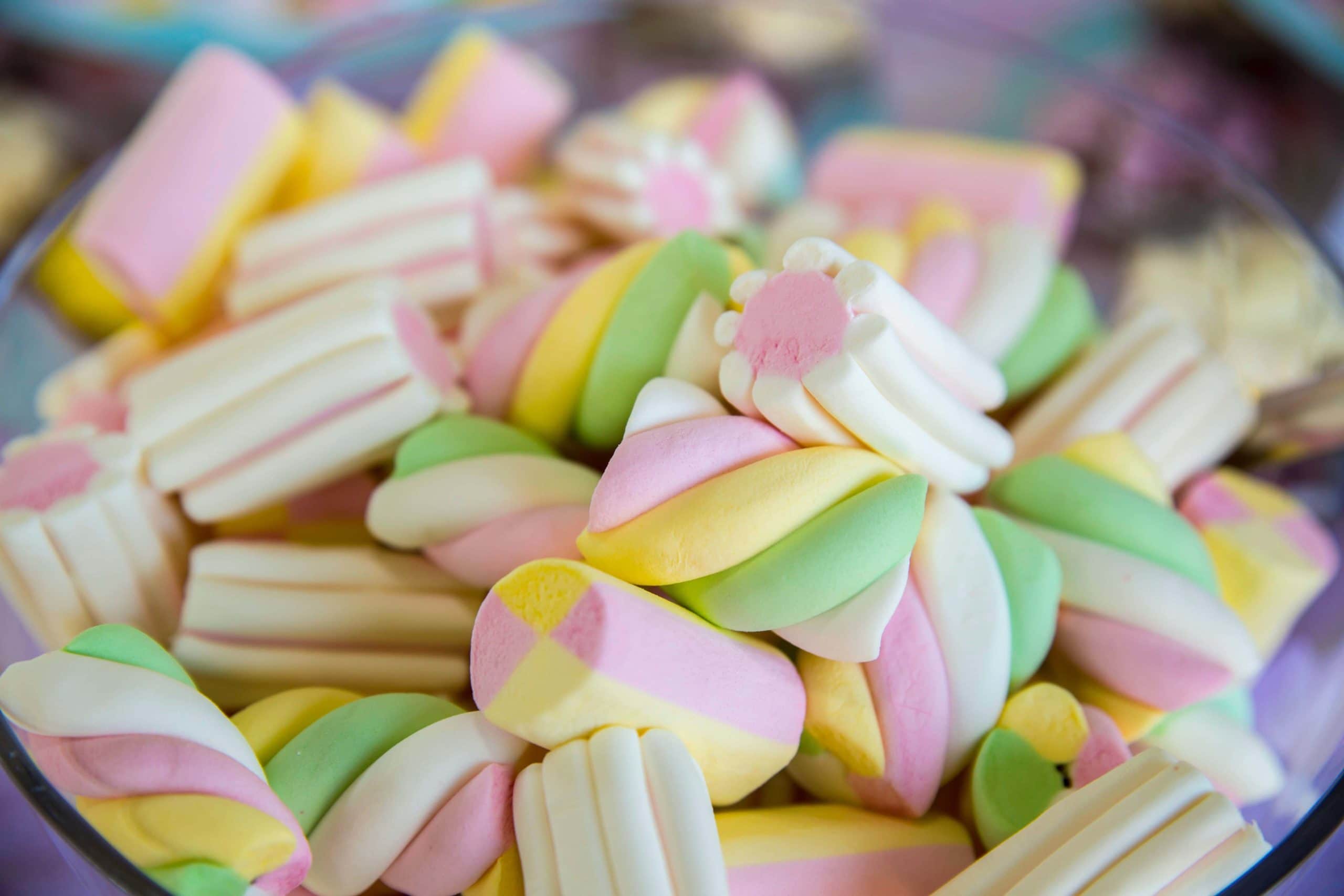

0 thoughts on “How To Store Canned Pineapple Juice After Opening”